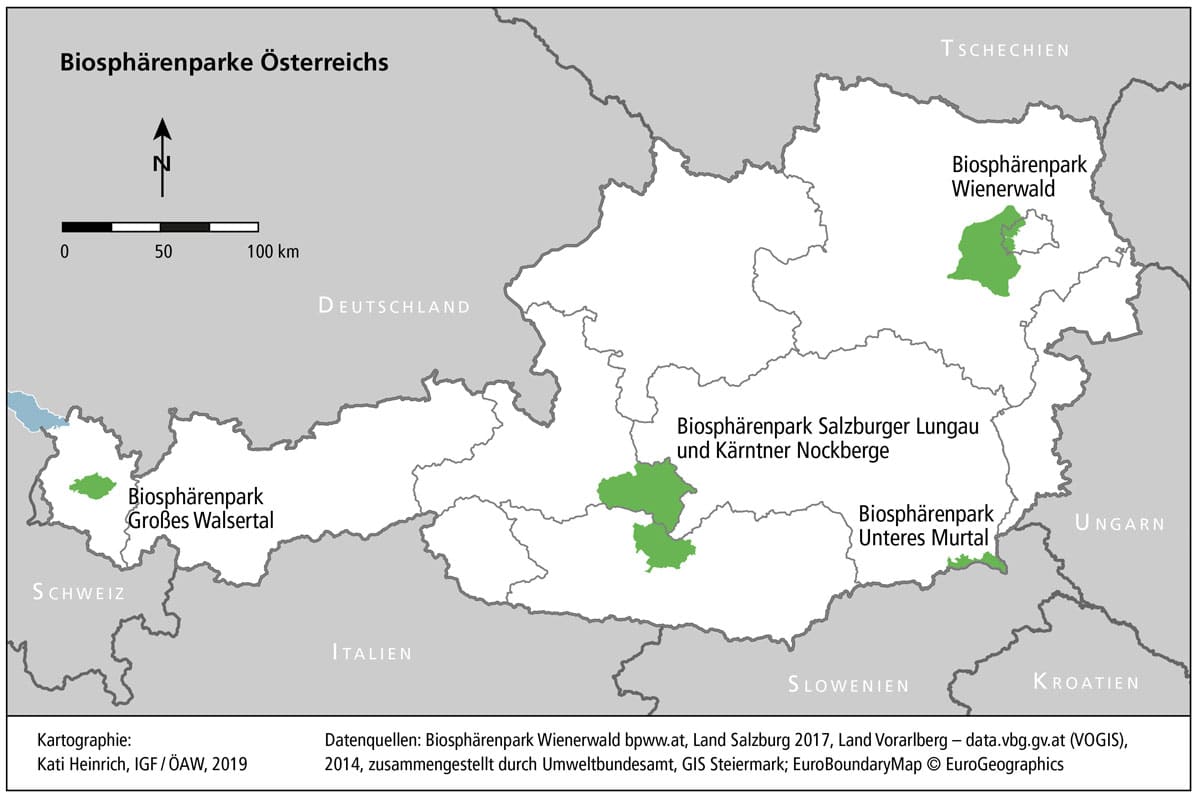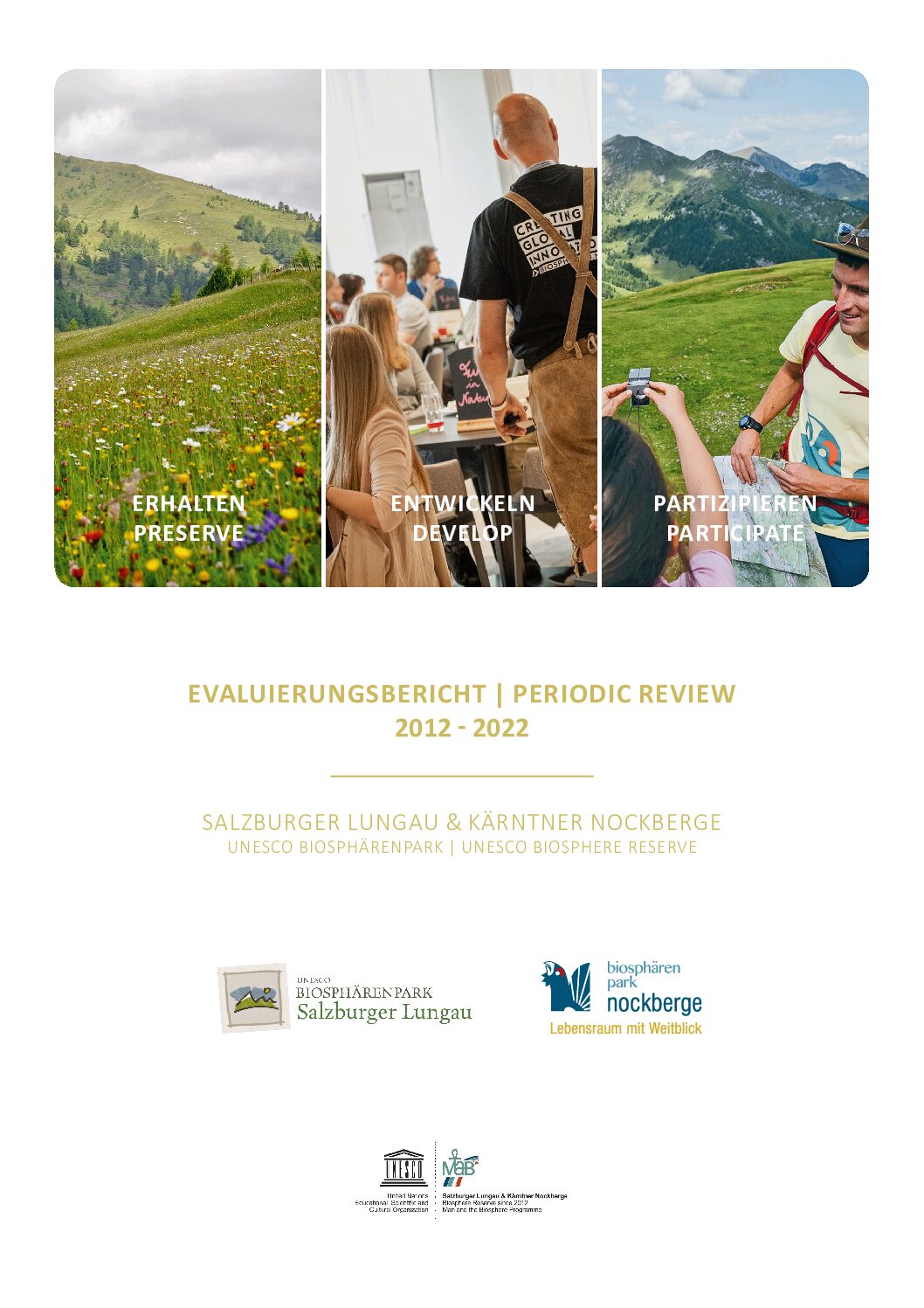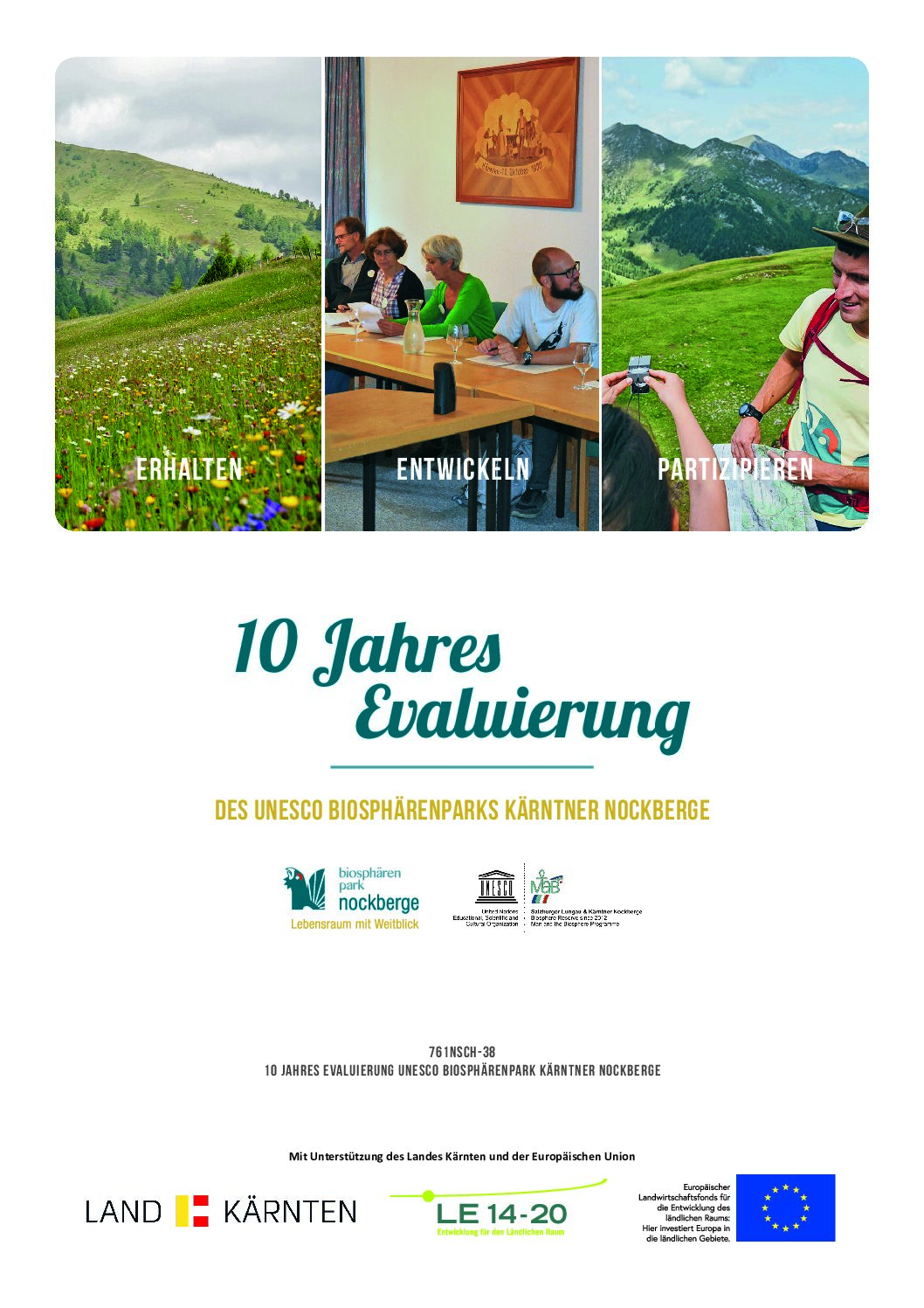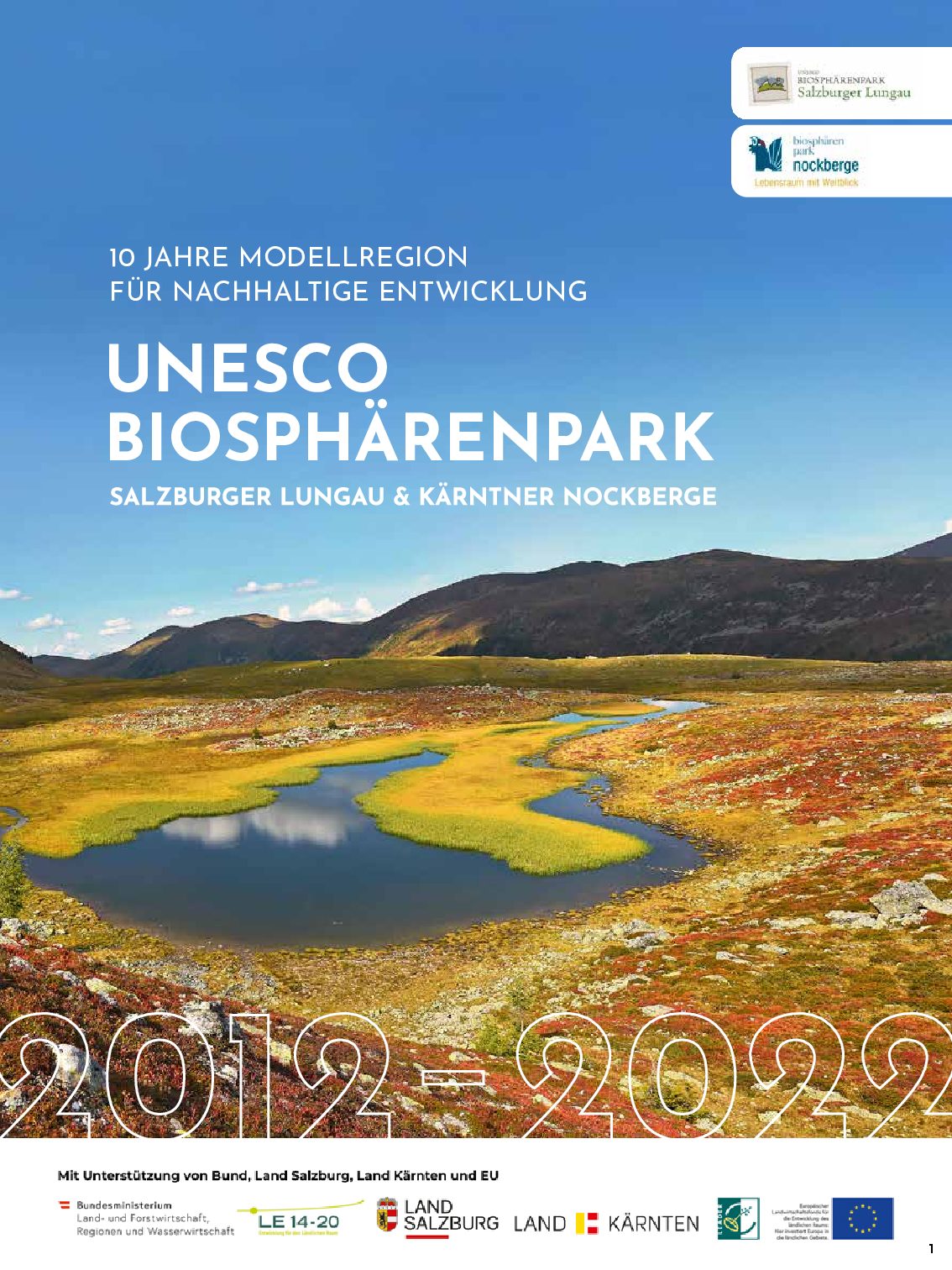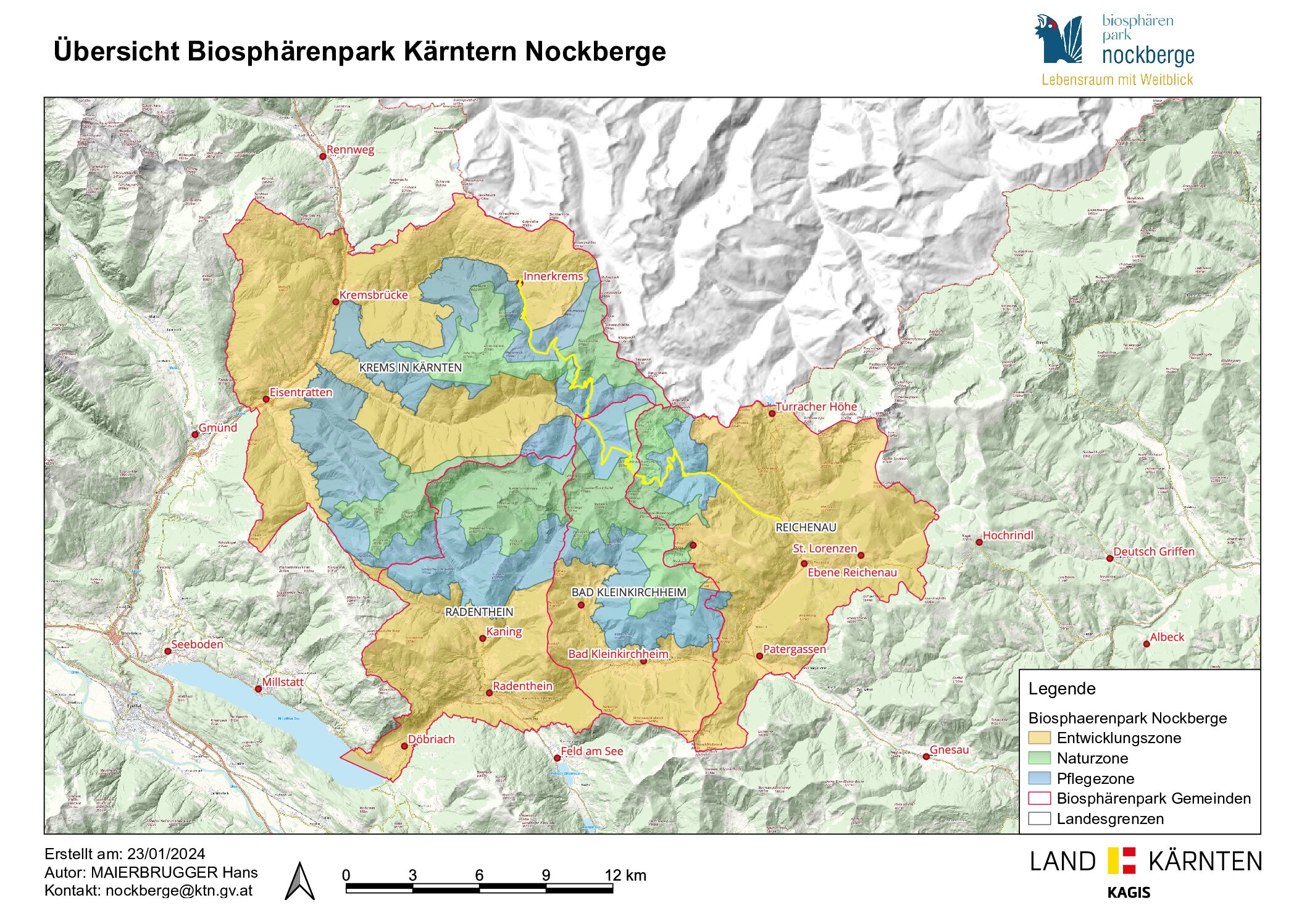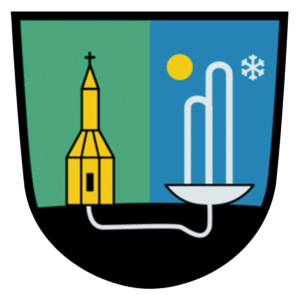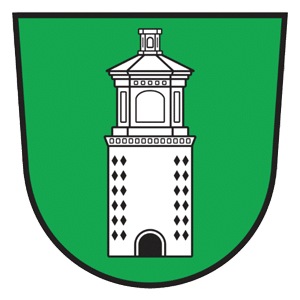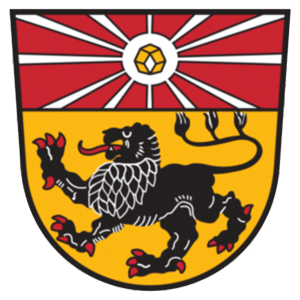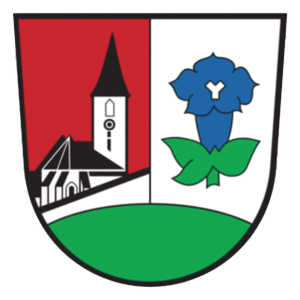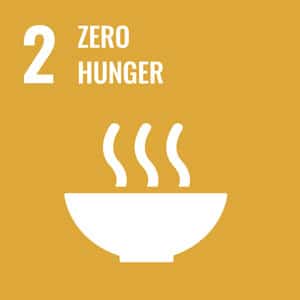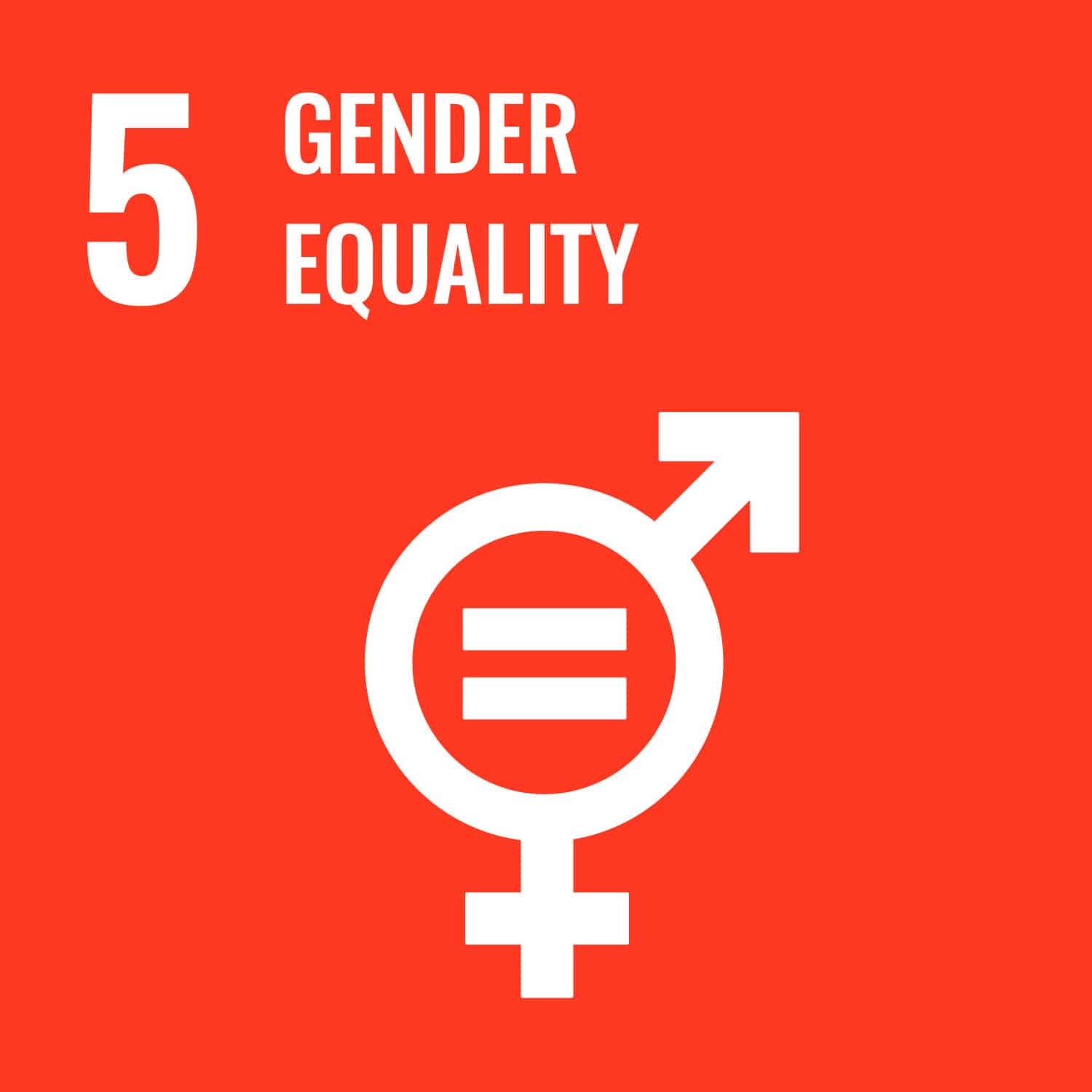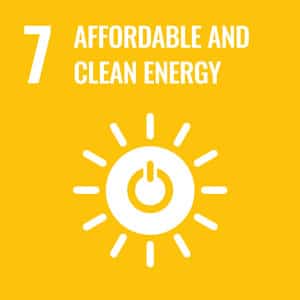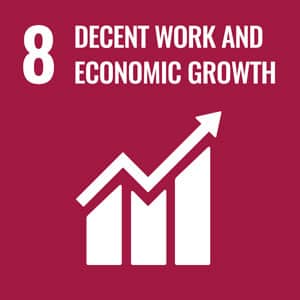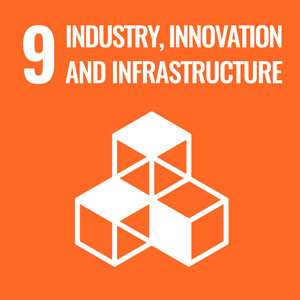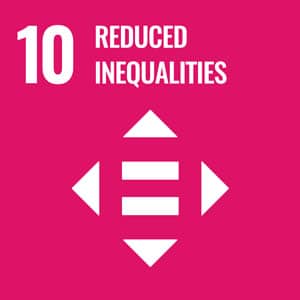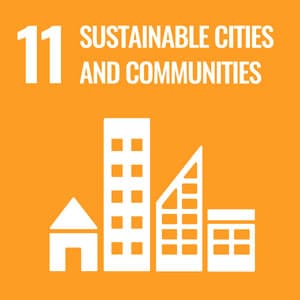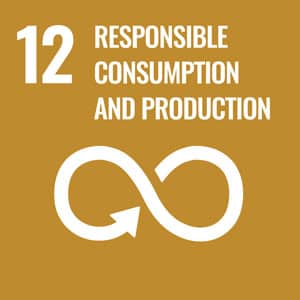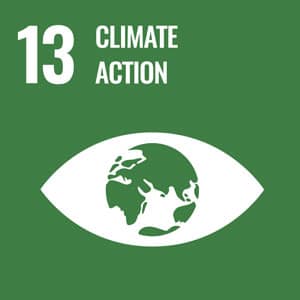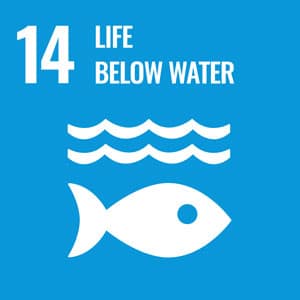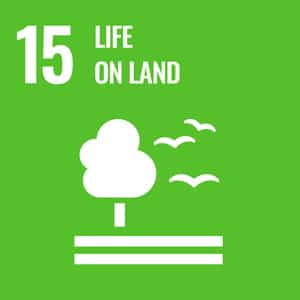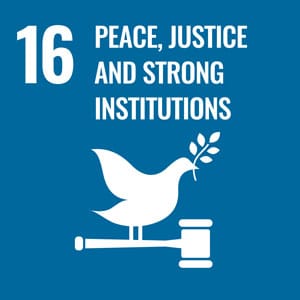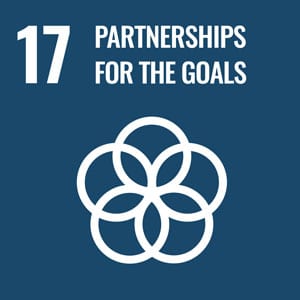The Nockberge Biosphere Park
Located in the heart of the Austrian Alps, the Nockberge Biosphere Park delights visitors with its hilly mountain landscape, picturesque alpine meadows and rustic forests. The Nockberge mountains form the western part of the Gurktal Alps and are characterised by a variety of rare plants and animals. Alpine pasture management adapted to the location over the centuries has made a significant contribution to the survival of these valuable species.
Since 2012, the Carinthian Nockberge Mountains have been part of the “Salzburger Lungau & Kärntner Nockberge” biosphere park and are an internationally recognised area within the UNESCO “Man and the Biosphere” (MAB) programme.
The status of “UNESCO Biosphere Park” guarantees that the characteristic habitats and species will be preserved for future generations, and the Nockberge Biosphere Park is the only biosphere park in Carinthia and, together with the Lungau, the largest biosphere park in Austria in terms of area. Its impact as a model region for sustainable development and the successful coexistence of man and nature is internationally exemplary.
What is a biosphere park?
In a biosphere park, people take centre stage, living and farming in harmony with nature and treating the rare flora and fauna with respect.
A biosphere reserve actively endeavours to preserve and develop ecologically valuable habitats. In doing so, nature conservation, economic and social interests are given equal consideration.
Biosphere parks serve as a model region for sustainability in practice.
Let me briefly explain the term “biosphere”: biosphere literally means “habitat” and simply refers to the harmonious interaction of humans, culture, flora and fauna.
SALZBURGER LUNGAU & KÄRTNER NOCKBERGE MOUNTAINS
The UNESCO
(United Nations Educational, Scientific and Cultural Organisation)
The “Salzburger Lungau & Kärtner Nockberge” Biosphere Park is part of a large global family: the UNESCO Biosphere Parks. In this worldwide network of currently 738 model regions in 134 countries, national and international co-operation, exchange of experience and mutual learning are important factors.
The tasks of a biosphere park cover a broad spectrum for the protection and promotion of the region – from the preservation of the landscape to the conservation of cultural diversity and the involvement of the population in the nature-friendly development of the region.
The coordination and co-operation of tourism, economic and educational activities and projects are a central focus.
In order to implement all of this in the best possible way, biosphere parks act in accordance with a management plan which contains various fields of action, strategic priorities and specific activities. It is intended to support the committees and administration of the biosphere parks in their work and to help prepare the biosphere parks for future challenges.
SALZBURGER LUNGAU & KÄRTNER NOCKBERGE MOUNTAINS
Austria’s largest UNESCO biosphere reserve
The UNESCO Salzburger Lungau & Kärtner Nockberge Biosphere Park offers a high level of biodiversity and high-quality habitats for plants and animals. Our diverse and special natural and cultural landscape is a prerequisite for the UNESCO Biosphere Park designation. The core element of a biosphere park is people who live, work and farm in harmony with nature.
The culture of this region is as diverse and rich as the flora and fauna of the Nockberge. Influenced over centuries by the rural population, traditions have developed, some of which are still lovingly cultivated today. This can be seen in the architecture, the settlement history and the many events.
Get to know the past and present of the Carinthian Nockberge!


10-year evaluation of the UNESCO Salzburger Lungau & Kärtner Nockberge Biosphere Park
The basic idea behind the establishment of a “Biosphere Park” in both the Lungau and the Nockberge was to preserve these special features and at the same time to utilise them sustainably and to carry them into the future. Preparations for this began in both areas at around the same time (2003 and 2004), but independently of each other. The data and findings from 2012 to 2022 can be found in the evaluation reports.
PRESERVING UNIQUE FEATURES AND ALLOWING NEW ONES
Zoning
In order to both preserve the beauty of our living space and to develop it sustainably, we need areas which remain as pristine and natural as possible and other areas in which the working, economic and living space for the population can develop further. Biosphere reserve zones organise these areas and create a balance between them.
Core or nature zone
The core or nature zone covers 13,442.56 hectares (Lungau: 5,690.76 hectares; Nockberge: 7,751.80 hectares), i.e. approximately 9 % of the total area of the biosphere park. It serves to preserve near-natural habitats and therefore comprises the most natural ecosystems of the biosphere park and consists of officially designated protected areas of different categories. No major interventions are permitted in the core or nature zone – with the exception of traditional, extensive forms of utilisation, such as alpine pasture farming or game population regulation through hunting and fishing – in order to preserve the landscape in its original state.
Maintenance zone
The maintenance zone covers 48,893.58 hectares (Lungau: 38,200.08 hectares; Nockberge: 10,693.5 hectares) and thus approximately 33 % of the total area of the biosphere park.
This zone surrounds the core zone and is characterised by a distinctive cultural landscape. Ecologically sustainable and nature-friendly forms of utilisation
Agriculture and forestry, especially alpine pasture farming, are not only permitted in this zone, they are even encouraged.
Development zone
The development zone covers 87,084.8 hectares (Lungau: 57,024.00 hectares; Nockberge: 30,060.8 hectares) and with approximately 58 % of the total area, the majority of the biosphere park.
This zone is a living, economic and recreational area and includes the settlement areas. The main land use in this zone is agriculture and forestry as well as tourism and recreation. This zone is primarily shaped by the population.
To better understand the zoning, I'll give you a brief explanation: every biosphere reserve is divided into zones:
- a nature zone, which includes semi-natural ecosystems;
- a maintenance zone, which provides for careful management;
- a development zone in which sustainable forms of management are mandatory.
Municipalities & districts
In the south of Austria, in the province of Carinthia, the Nockberge Biosphere Park stretches between the Liesertal valley – on an imaginary line – from Eisentratten to Radenthein in the west, from Bad Kleinkirchheim to Patergassen in the south, from Patergassen via Ebene Reichenau to Turracherhöhe and along the provincial border to Innerkrems in the north. The Nockberge Biosphere Park extends over four municipalities and two districts:
THIS IS THE PLAN
What do we do?
In the Nockberge Biosphere Reserve, a unique coexistence of man and nature has developed over centuries, which must be preserved, maintained and further developed. The specially created management plan provides for three essential roles:
DEVELOPER ROLE
The Nockberge Biosphere Park actively develops and shapes the sustainable development of the region.
MEDIATOR ROLE
The Nockberge Biosphere Park imparts knowledge and fulfils an educational and research mission in the Nockberge Mountains. It acts as a local hub.
ORGANISATIONAL ROLE
The Nockberge Biosphere Park continuously adapts its organisation to current requirements in order to fulfil its diverse tasks in the best possible way.
Sustainable development goals
Throughout the Carinthian Nockberge Biosphere Park, the biosphere park guides and supports all municipalities, businesses, schools and organisations in their efforts to achieve the 17 Sustainable Development Goals (SDGs) of the United Nations.
The SDGs are a global call to action to end poverty and hunger, to protect the planet and to create peace and prosperity for all. They recognise the urgency, necessity and value of learning and collaboration.
Here in the Nockberge Biosphere Park, our UNESCO Biosphere helps to broaden public understanding of the Sustainable Development Goals. By showing the biosphere in action through our partnerships and programme, we demonstrate how the SDGs can be achieved and what kind of knowledge can be gained along the way.

